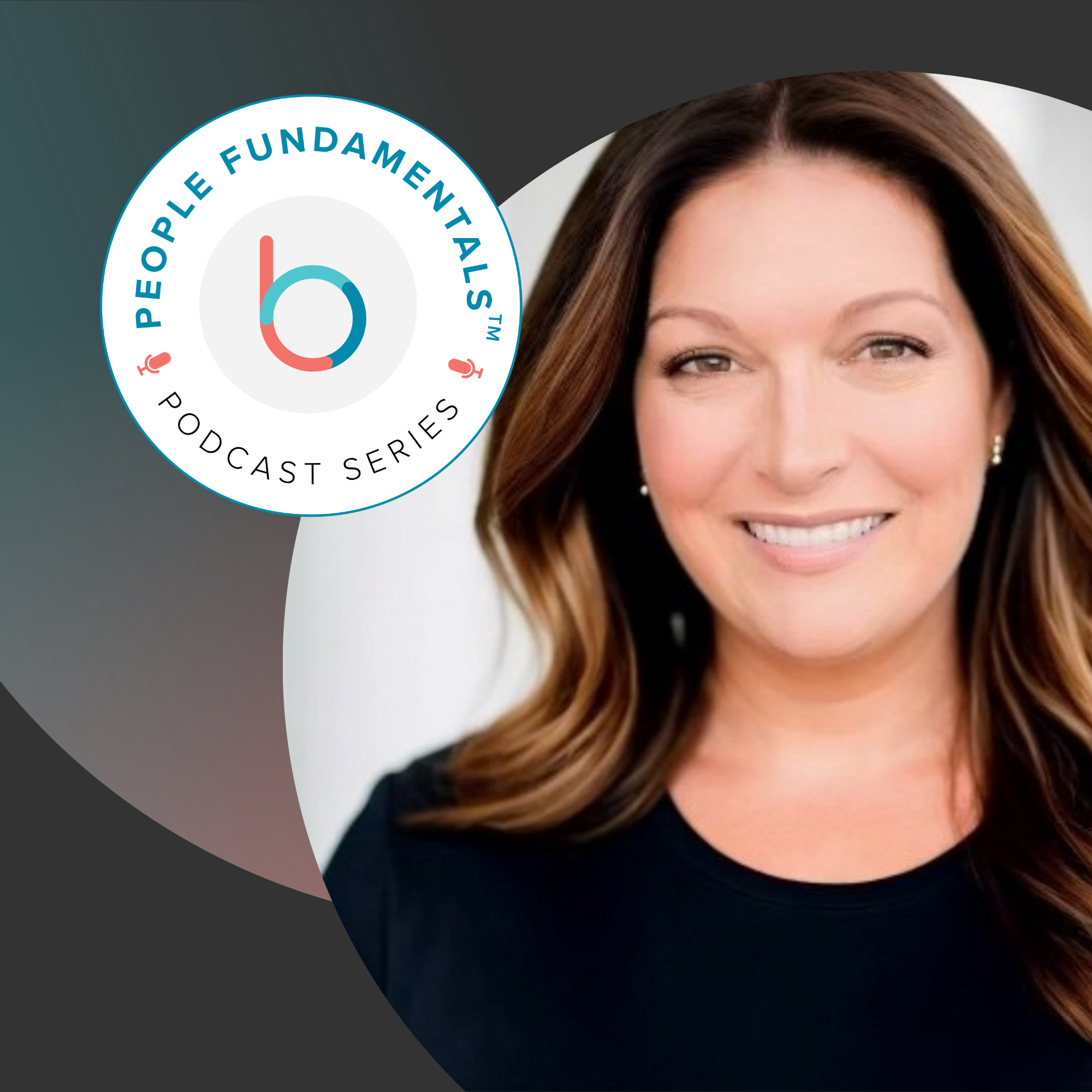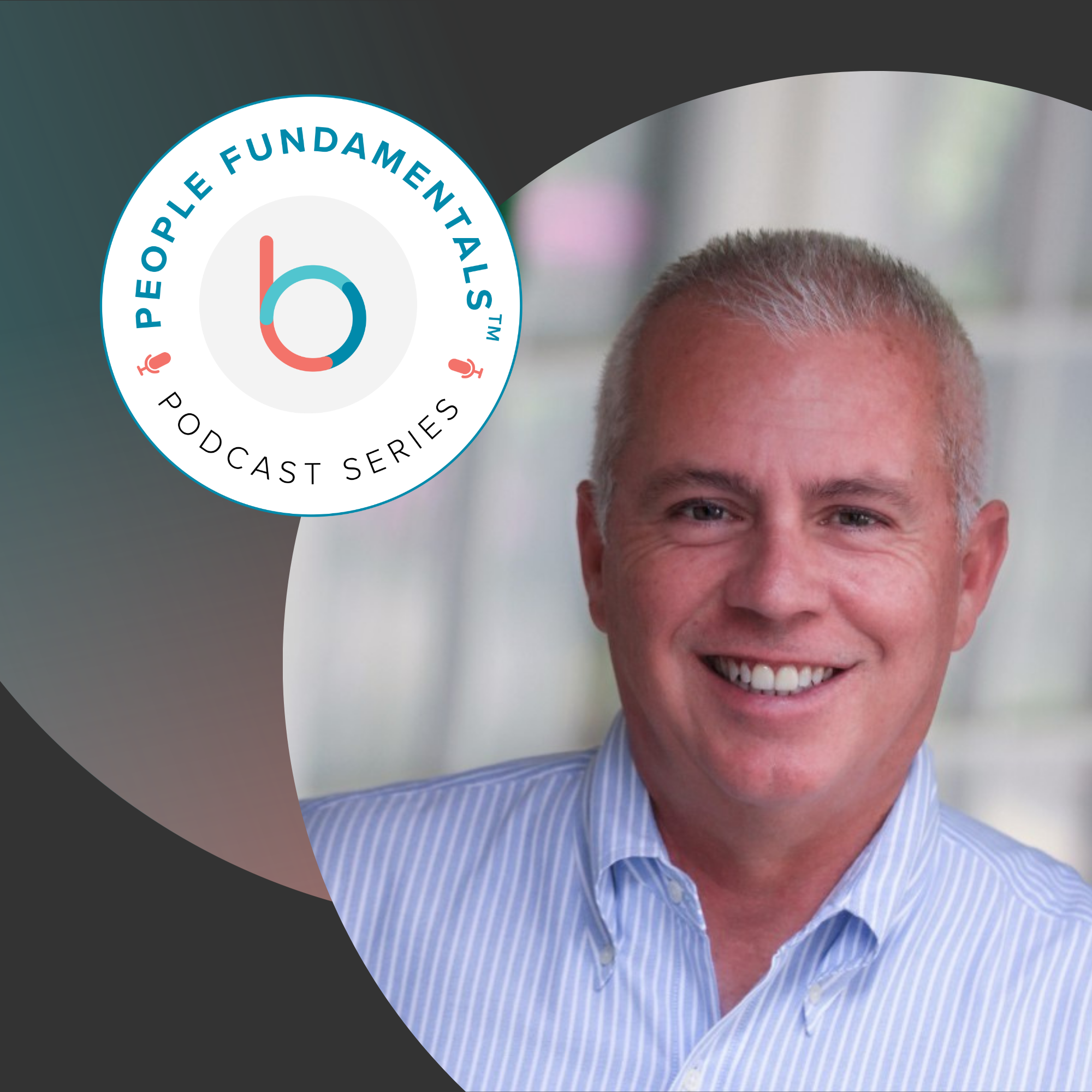The definition of “OKRs” is “Objectives and Key Results.” It is a collaborative goal-setting tool used by teams and individuals to set challenging, ambitious goals with measurable results. OKRs are how you track progress, create alignment, and encourage engagement around measurable goals.
Whether talking about office operations, software engineering, nonprofits or more, OKRs work the same for setting goals throughout many company levels. They can also work for personal goals and can even be used by individuals to get things done at places where senior leadership doesn’t use them.
An Objective is simply what is to be achieved, no more and no less. By definition, objectives are significant, concrete, action-oriented, and (ideally) inspirational. When properly designed and deployed, they’re a vaccine against fuzzy thinking—and fuzzy execution.
Key Results benchmark and monitor how we get to the objective. Effective KRs are specific and time-bound, aggressive yet realistic. Most of all, they are measurable and verifiable. You either meet a key result’s requirements or you don’t; there is no gray area, no room for doubt. At the end of the designated period, typically a quarter, we do a regular check and grade the key results as fulfilled or not.
Where an objective can be long-lived, rolled over for a year or longer, key results evolve as the work progresses. Once they are all completed, the objective is necessarily achieved.
Who created OKRs?
OKRs were created by Andy Grove at Intel and taught to John Doerr by him. Since then, many companies have adopted them, including Allbirds, Apartment Therapy, Netflix, and inspiring nonprofits like Code for America.
Early on in “Measure What Matters”, Doerr writes about “MBOs,” or “Management by Objectives.” MBOs were the brainchild of Peter Drucker and provided Andy Grove a basis for his eventual theory of OKRs. In fact, Grove’s name for them originally was “iMBOs,” for Intel Management by Objectives. However, despite the original reverential name, Grove created some key differences between the two which he passed along to Doerr.
Grove rarely mentioned objectives without tying them to “key results,” a term he seems to have coined himself. Other key differences between MBOs and OKRs are that the latter are quarterly, not annual, and they are divorced from compensation.
Doerr was the one who crafted the name “OKRs,” which he assembled from Grove’s lexicon.
The most famous story about OKRs is that of Doerr introducing the philosophy to Google’s founders in 1999. Gathered around a ping-pong table which doubled as a boardroom table, Doerr presented a PowerPoint to the young founding team, which included Larry Page, Sergey Brin, Marissa Mayer, Susan Wojcicki, and Salar Kamangar. For those interested in creating a compelling presentation on OKRs, you might consider this Objectives and Key Results presentation template.
Doerr’s Objective and Key Results for the PowerPoint presentation were this:
O: Build a planning model for their company, as measured by three key results:
- KR1: I would finish my presentation on time.
- KR2: We’d create a sample set of quarterly Google OKRs.
- KR3: I’d gain management agreement for a three-month OKR trial.
Google then set its company strategy with this management framework and the rest is history.
OKR examples
But what are some other high-level examples?
The city of Syracuse, New York recently set this objective: to “achieve fiscal sustainability.” Fiscal sustainability is a great goal for any government, local or otherwise, but it has to be measurable. That’s why Syracuse is using Objectives and Key Results.
When written out, along with their Key Results, Syracuse’s OKR looks like this:
O: Achieve fiscal sustainability.
- KR1: Reduce the general fund budget variance from 11% to 5%.
- KR2: Spend 95% of authorized capital project dollars by the end of the fiscal year.
- KR3: Spend 95% of grant dollars for grants from prior fiscal years.
As discussed earlier, OKRs can work for all industries and even personal goals.
Personal goal OKR
Doerr was asked about his personal OKR in an interview on Recode Decode. He answered, “You know, my daughters have both left home, but I had read and I believe that having family dinners together was a good thing. So, I set an OKR, shared it with my team to be home for dinner by 6:00 p.m. 20 nights a month and be present, turning off the phone system. I put a switch on the router. We shut down the internet to the whole house.”
“It’s not only the quantity but the quality,” he added.
This personal goal would be written out like this:
O: Have more quality family time as measured by:
- KR1: Getting home for dinner by 6 p.m, 20 nights a month.
- KR2: Being present by turning off the internet router to eliminate distractions.
And while it is a “personal” OKR, Doerr was transparent from the onset. Not only did he share it with his colleagues and family, but he also shared it in an interview.
Industry OKRs
For other examples of industry-specific company OKRs, click here.
Are there different kinds of OKRs?
OKRs can be two things, committed or aspirational.
Committed ones are like their name suggests—commitments. When graded at the end of a cycle, a committed OKR is expected to have a passing grade.
Aspirational ones, on-the-other-hand, are sometimes called stretch goals or “moonshots.” The pathway to an aspirational OKR is expected to be forged since no one else has gotten there before. They also may be long-term and live beyond an OKR cycle or even be transferred between team members to stretch employee engagement.
To learn more about the committed and aspirational versions of Objectives and Key Results, click here.
What OKR tools are available?
If you’re looking for some OKR tools to help you set ambitious goals, look at these OKR-tracking tools for personal goals and smaller teams and these tools for larger enterprises.
How do you grade OKRs?
The Andy Grove method of grading OKRs is a simple “yes” or “no” approach. However, there are ways to grade them, too—namely “the Google method.”
To learn more, click here.
Are OKRs tied to compensation?
Unlike other performance management frameworks, like balanced scorecard (BSC), OKRs are divorced from compensation like salary and bonuses.
To learn why, click here.
Where can I get more information?
This system is deceptively simple, but when used properly, good OKRs will equip your organization with superpowers to create things like high output management in all your business goals. Learn more by reading “Measure What Matters” or exploring more FAQs, Resources, and Stories right here on WhatMatters.com.
Or, if you’re looking for an OKR coach, check this out.
Ryan Panchadsaram (@rypan) is the co-founder of WhatMatters.com and is the technical advisor to John Doerr at Kleiner Perkins.
Sam Prince (@samprincetweets) is a journalist, storyteller, and the content strategist of WhatMatters.com.
This article was originally published by Whatmatters.com.






